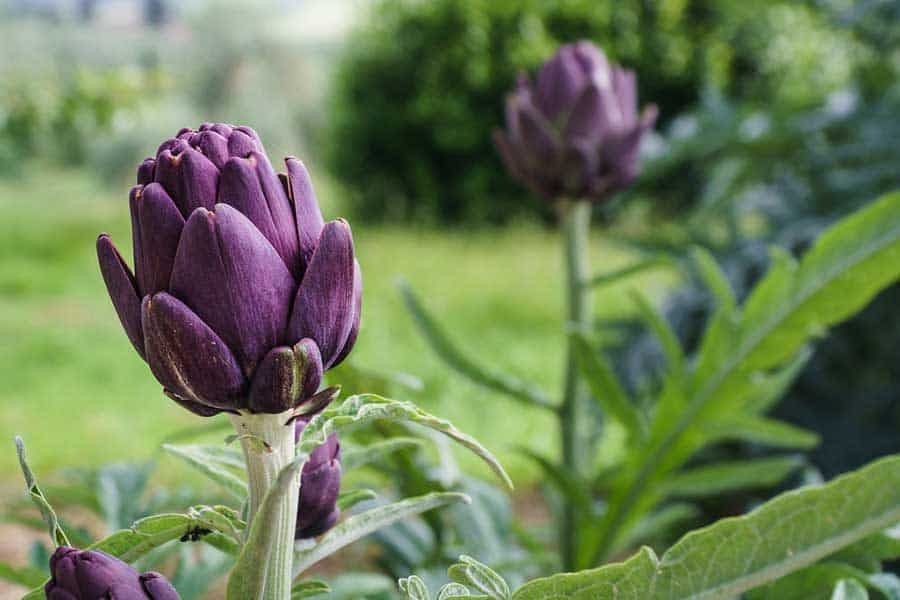Famous Spring Dishes in Italy

Spring is the time for growth and rebirth. One can see this throughout the countrysides of Italy with blooming flowers and budding trees. Springtime is also optimal weather for growing a large variety of seasonal vegetables. Kitchens all across Italy take advantage of the spring harvest to create mouth-watering dishes that are unique to the season.
Vignarola: Stew of the Harvest
Vignarola is a stew made with spring vegetables that takes its name from the orchard workers who would bring in the harvest. This dish originated in Rome, where locals would enjoy it seasonally. The stew consists of three main ingredients: broad beans, peas, and artichokes. These ingredients overlap in season from April to May, and this is the only time many restaurants will ever serve this dish. The dish is created by braising the vegetables in olive oil, water, and white wine, then adding soffritto of Guanciale (pig cheek), spring onions, or lettuce. The stew is then garnished with mint, calamint, or parsley before serving.
Garmugia: An Homage to Spring
Another dish that originated in Lucca in the 16th century is Garmugia. The word has no meaning in Italian, but is said to represent a homage to spring. This dish is classified as a ‘hearty soup’ by the locals. It consists of spring onions, artichokes, asparagus, broad beans, peas, veal, pancetta (sweet bacon), vegetable stock, olive oil, and salt and pepper. The soup is served as a light dinner or a side dish.
Virtu: Dish of the 7 Virtues
A unique dish that is created in many villages across Italy is Virtu. It is named after the seven virtues in Catholicism: Faith, Hope Charity, Fortitude, Justice, Temperance, and Prudence. The story behind this dish is that it is made with 7 legumes, 7 vegetables, 7 meats, 7 herbs, and 7 pastas. These ingredients are cooked in 7 pots for 7 hours by 7 virgins. The origin of this story is unknown, but many variations of this are created throughout Italy. The amount of ingredients, pots, timing, and virgins is just a legend. What this dish is intended to do is combine winter and spring. Villagers would clear out their winter storage and mix everything with the spring harvest. This meal is traditionally eaten on May 1st.
Pesto: “To Pound or Crush”
Another versatile springtime favorite that originated in Genoa is pesto. The word pesto comes from the word pesta that means to pound or crush. Ironically, pesto wasn’t made from crushing, but from being ground using a mortar and pestle. The main ingredient in pesto is fresh basil that flourishes in the spring. It is grounded with garlic and toasted pine nuts then blended with Parmesan cheese and olive oil. Pesto is used as a sauce, spread, dip, or salad dressing. There are many additions that could be added to the base such as sun dried tomatoes or peppers to create a wide variety of flavors.
Springtime in Italy brings unique stories and flavorful vegetable combinations to the table. Being able to incorporate the seasons harvest at its ripest point brings out the true flavor of the meals. From 35 ingredient soups to fresh green sauces, enjoying the wonderful flavors of spring is a tasteful journey for anyone’s pallet.
Featured image, “artichokes of tuscany II” by brando, is licensed under CC BY 2.0.

